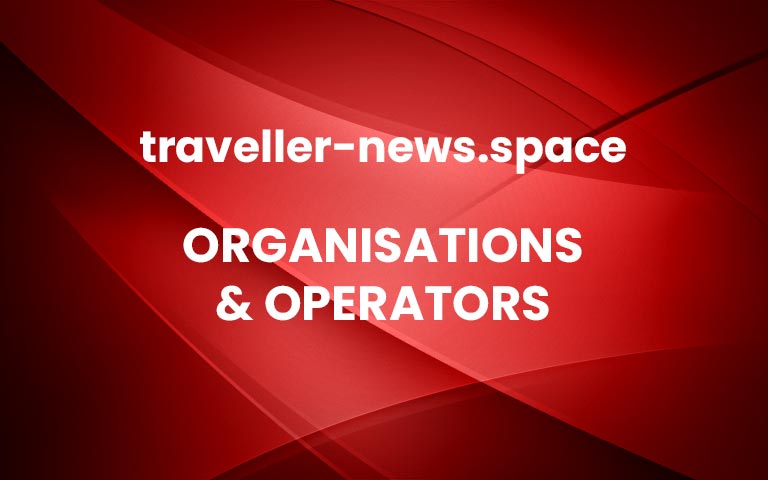Women’s Golf Solheim Cup to be held in Costa del Sol
From 18 to 24 of September, the Costa del Sol will host the most important women’s golf tournament in the world, the Solheim Cup, which will pit players from the United States and Europe against each other in match-play format. The event gives visitors a unique opportunity to discover the destination, known as the Costa del Golf, and enjoy its hospitality and gastronomy.
The most important women’s golf tournament in the world, the Solheim Cup, is just around the corner. The women’s version of the Ryder Cup, recognised as the best golf destination in Europe by the IAGTO (International Association of Golf Tour Operators), will be held from 18 to 24 September in the Costa del Sol.
In fact, the Costa del Sol is continental Europe’s destination with the highest concentration of golf courses – it has more than 70 – which, together with an exceptional climate all year round, means that the Costa del Sol is known as the Costa del Golf. Golf enthusiasts will find here not only a wide variety of courses where they can practice their swing, but also a range of accommodation and high-level services that offer the possibility of enjoying its renowned hospitality and tasting the exquisite gastronomy of Malaga. The Costa del Sol’s golf courses already have experience in hosting elite competitions such as the Ryder Cup or the World Golf Championships, among others.
The Solheim Cup, held every two years, has become the most prestigious team competition in the international golf calendar, with some of the most memorable moments in the history of golf having occurred in this competition. The European team, captained by Suzann Pettersen, will attempt to win against the American team once more, as it has done in four of the last six editions, reversing the dominant trend of its counterpart. The championship has become a classic for golf lovers and, in fact, the Costa del Sol will become the world capital of this sport from 18 to 24 September. More than 300 journalists will cover the event, which will be broadcasted for 35 hours, including the opening and closing ceremonies.
So far, 75,000 tickets have been sold for the tournament, which will be hosted by Finca Cortesín. Located between Marbella and Sotogrande and overlooking the Mediterranean and the Casares mountain range; the exclusive resort houses; a five-star hotel, where the 24 players will stay; and a magnificent 18-hole, 7,500-yard championship golf course, as well as the state-of-the-art Jack Niclaus Academy. The Cabell Robinson-designed course is one of the longest in Europe and has previously hosted high-profile tournaments, including the Volvo World Match Play Championship on three occasions, one of the most prestigious professional golf tournaments in the world. For the Solheim Cup tournament, 65 greenkeepers, 40 of them volunteers from all over the world, are expected to prepare the course.ADVERTISEMENTGastronomic and cultural experiences
The Solheim Cup will be an opportunity to enjoy the Costa del Sol, its high-level hospitality, as well as its gastronomy and cultural events that will take place in parallel to the tournament. Andalucía Plaza will be the main meeting point, the entry and exit point and the place where the public will gather, where there will also be a wide gastronomic and cultural offering with live music throughout the whole tournament.
Swing and Sun, the Solheim Cup 2023 Fan Fest, will also be located at the Marbella Arena, Puerto Banús. The immersive experience from morning to night will allow the tournament to be experienced off the course as well, with concerts being showcased during the seven days of the competition. Meanwhile, the Anantara Villa Padierna Palace Benahavís Marbella Resort will be the setting for exclusive gastronomic evenings throughout the week with menus designed for a culinary tour of Andalusia. The most exclusive experiences will take place at the Málaga Pavilion, which sold out nine months before the tournament, and at Hoyo 17, where visitors can indulge in a VIP menu designed by some of the most important Michelin-starred chefs.
Sustainability will play an important role in the Solheim Cup. The Finca Cortesín course is irrigated with 100% reclaimed water, the electric generators are powered by solar panels and ecological chairs made from olive tree stubble will be used. In addition, thanks to the project promoted by Costa del Sol Tourism and the Costa del Sol Provincial Council ‘Málaga Zero footprint’, attendees will be able to calculate their carbon footprint. It should be noted that, with this initiative, the Costa del Sol has become the first destination in the world to calculate the carbon footprint of any tourist arriving in the province of Malaga, regardless of the type of trip, and offset it.
Older
Seychelles and Colombo unite to redefine travel experiences
Newer
Bulgaria Hosts Largest-Ever Digital Nomad Event with 700+ Attendees from 40+ Countries More


